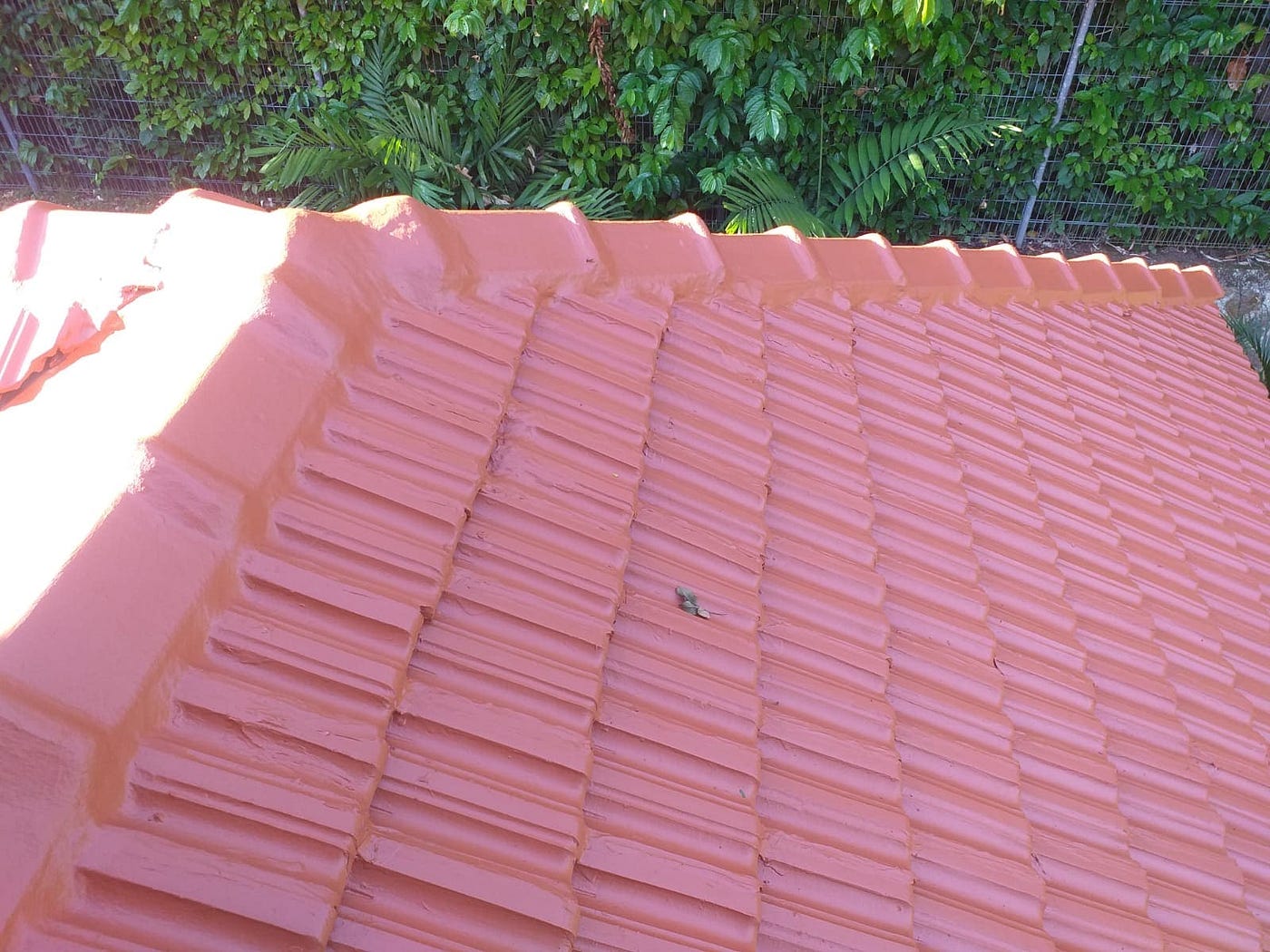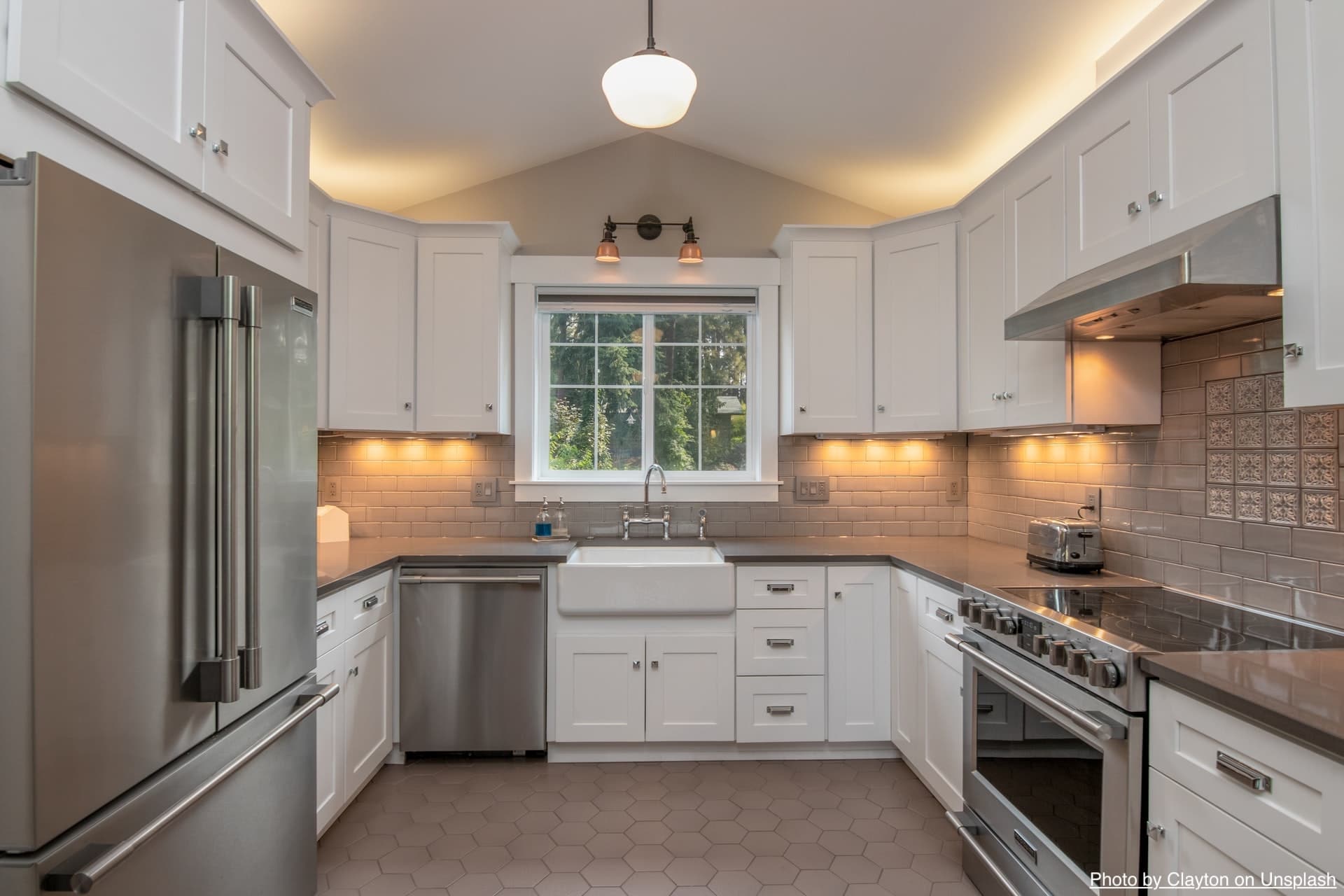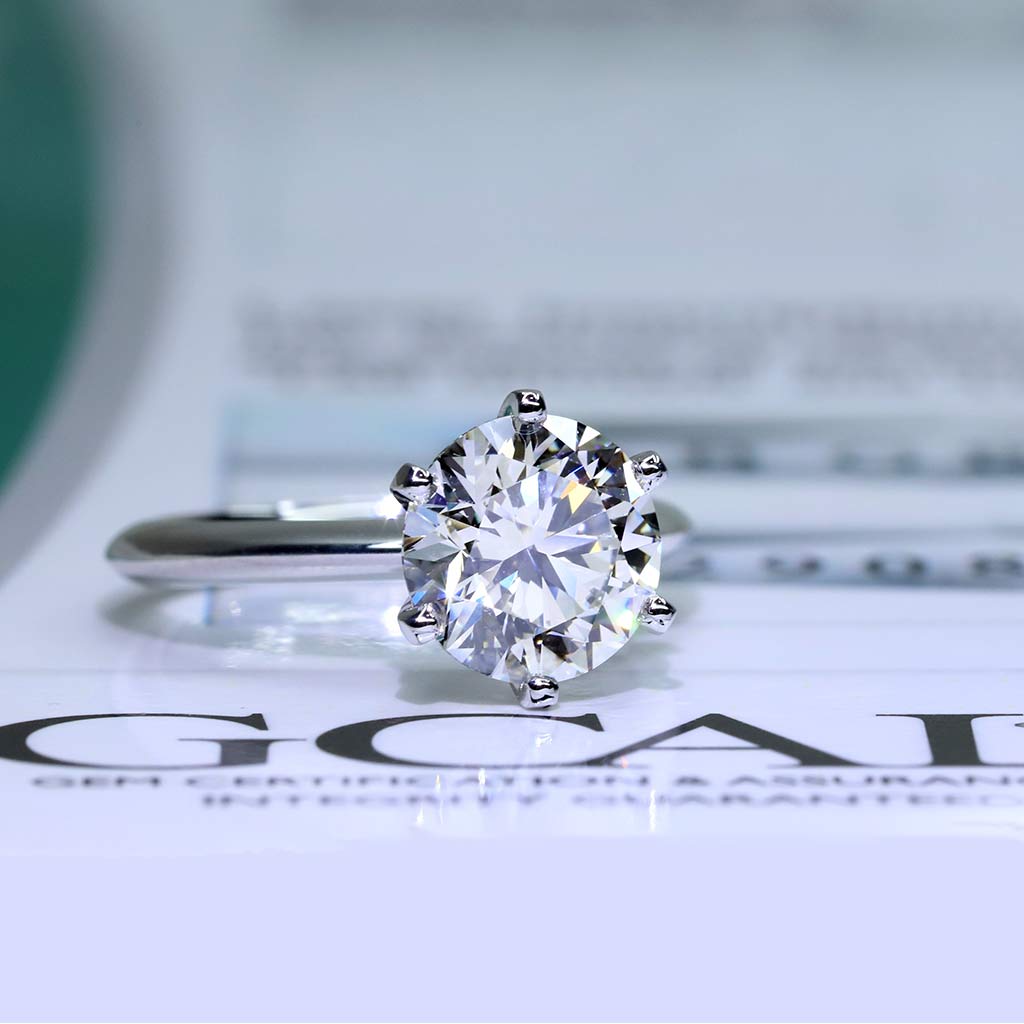How To Plant A Garden?

There are several advantages to cultivating one’s own garden. Perhaps you get great joy in preparing meals with fresh ingredients. Maybe one of your New Year’s resolutions is to eat better. Or maybe you’re seeking for something to do with the kids that will get them excited about having fun outside. You have made the decision to go in head first, regardless of the cause. But where exactly do you start? It’s natural for a beginner gardener to be overwhelmed while learning how to plant a garden, but there’s no need to be. To help you started on the project, we have broken it down into seven manageable phases.
Table of Contents
1. Start Small
For a beginner gardener, trying to take on too much at once is a common source of frustration and failure. On the first year, aim for little accomplishments, such as a single bed or a small set of storage bins. Give yourself some time to figure out what works to keep your plants alive and thriving, and then enjoy the benefits. One more year to make room for growth!
2. Select Your Site
Are you an experienced gardener who has everything planned out? Great! Or are you just looking to have a bit of fun and grow some flowers around the house? You need to decide whether you want your garden to be a backdrop or a focal point. If the former, choose an area that can support your garden plants’ needs, such as soil that drains well, or one with rich soil.
3. Choose Your Garden Type
Do you want a vegetable garden or an herb garden? It all depends upon what you have the attention span for. A vegetable garden can include tomatoes, peppers, and squash, while an herb garden can have many varieties of plants such as rosemary and lavender. Beginners can choose to start with either because they are easy to grow and care for.
4. Plan your Planting
Take a minute to consider how you want to arrange your plants. For easier watering and care, choose plants that have similar needs. Those that need less sunlight can be planted closer to your house, while those that require more sunlight will thrive in the middle of the rows.
5. Prepare Your Soil
The most important step before planting is loosening the soil so it’s not clumpy but loose enough for water to flow through it. Plan to work at least a foot into the ground and mix three parts of well-aged compost with one part soil. By doing this you’ll help create healthy soil that will provide great nutrients to your plants.
6. Plant Your Seeds
If you are planting starting seeds, be sure they are properly moistened and covered lightly with soil in their container. Place the container in direct sunlight so it can begin germinating.
7. Watering
Make sure to keep a good watering schedule so your plants are provided with enough water, but not too much. Check the moisture of the soil every day, and water as needed. If you want to get technical, you can use a moisture meter or just dig your finger into the ground about an inch deep. If it’s dry, it’s time for some water! For more information, visit Beautiful Spaces.





